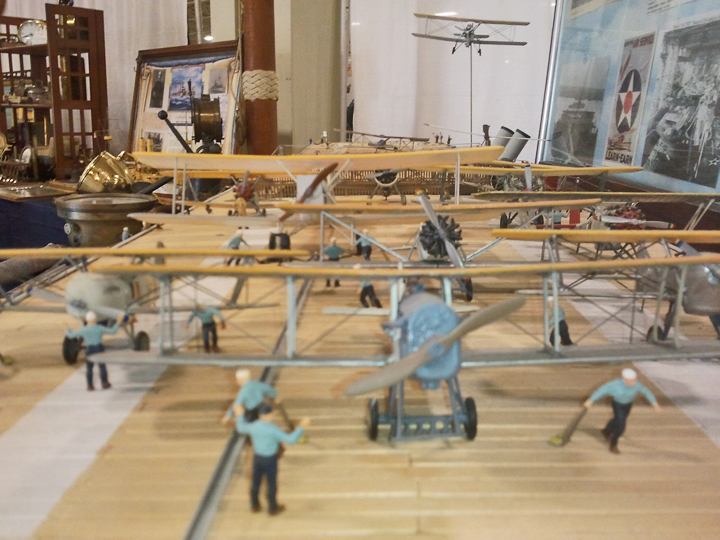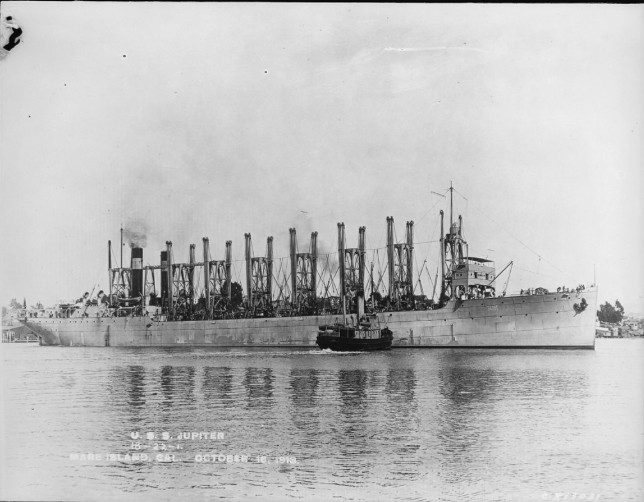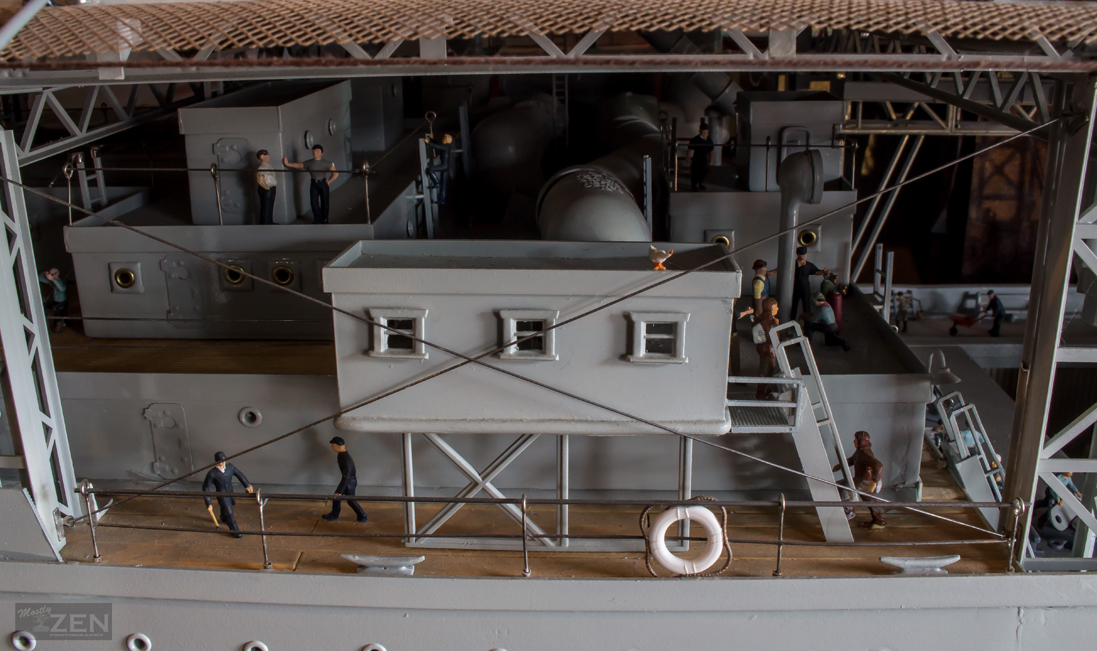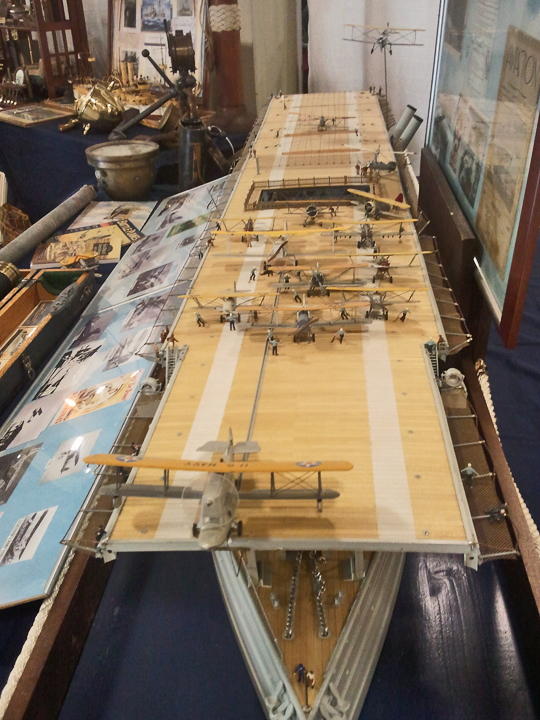U.S.S. LANGLEY
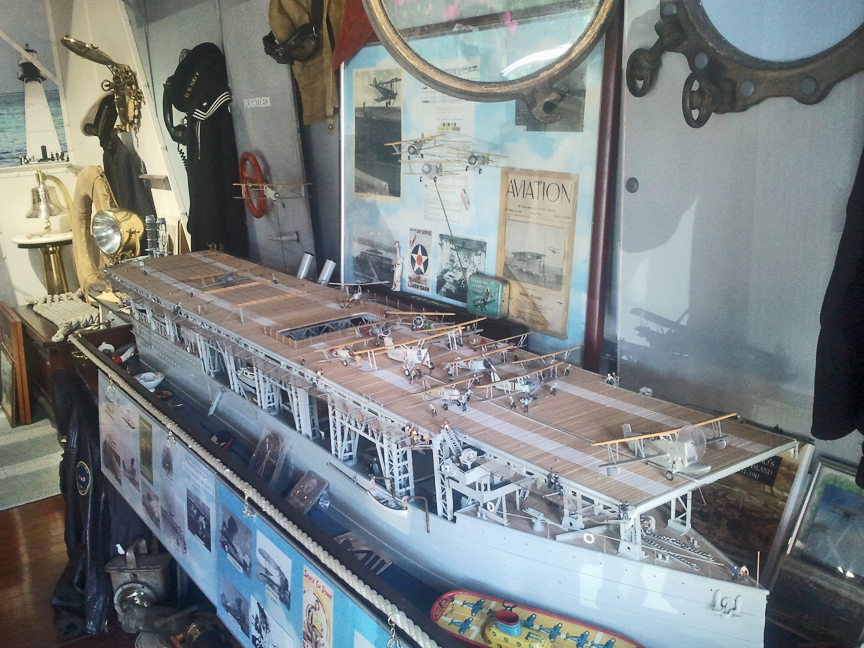
| General characteristics | |
|---|---|
| Class and type: | Langley-class aircraft carrier |
| Type: | Aircraft carrier |
| Displacement: | |
| Length: | 542 ft (165.2 m)[3] |
| Beam: | 65 ft 5 in (19.9 m)[3] |
| Draft: |
|
| Installed power: | 7,200 shp (5,400 kW)[3] |
| Propulsion: |
|
| Speed: | 15.5 kn (17.8 mph; 28.7 km/h) |
| Range: | 3,500 nmi (4,000 mi; 6,500 km) at 10 kn (12 mph; 19 km/h)[3] |
| Complement: |
|
| Armament: |
|
| Aircraft carried: |
|
| Aviation facilities: |
|
USS Langley (CV-1/AV-3) was the United States Navy‘s first aircraft carrier, converted in 1920 from the collierUSS Jupiter (AC-3), and also the U.S. Navy’s first turbo-electric-powered ship. Conversion of another collier was planned but canceled when the Washington Naval Treaty required the cancellation of the partially built battlecruisers Lexington and Saratoga, freeing up their hulls for conversion to the aircraft carriers CV-2 and CV-3. Langley was named after Samuel Pierpont Langley, an American aviation pioneer.
Following another conversion, to a seaplane tender, Langleyfought in World War II. On 27 February 1942, she was attacked by dive bombers of the Japanese 21st and 23rd Naval Air Flotillas and so badly damaged that she had to be scuttled by her escorts.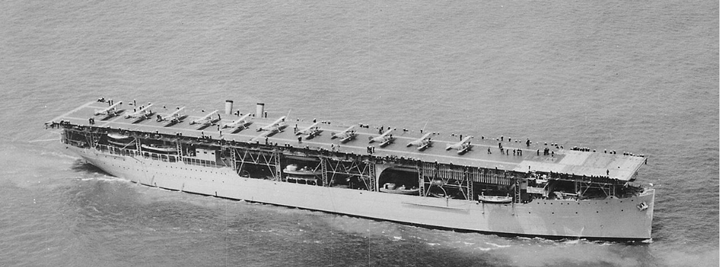
Project Details
Personal Collection
Date 2008
Handmade scratch-built, wood, plastic & metal
8 ft. long.




